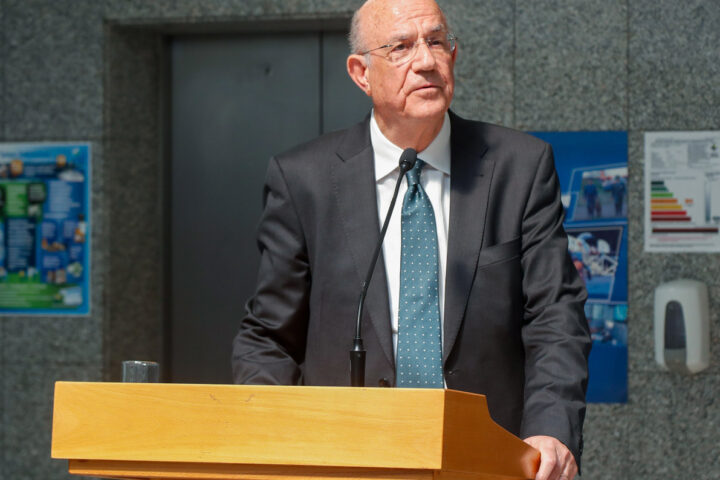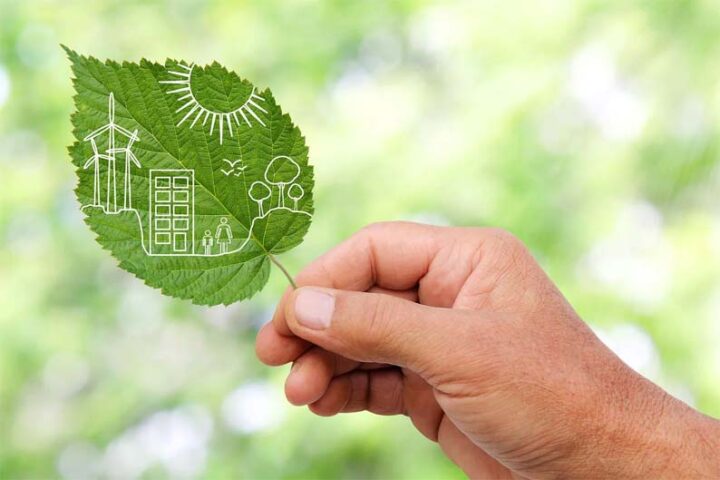An article in the FT pointed out that in the UK, one recent study estimated that 54% of electricity supply is lost before power reaches the consumer because of the inadequacies of the distribution network.
It also stated that as much as 68% of the energy produced in the US is wasted.
As the FT pointed out, “cut out even half of those losses and the world would be a long way to reducing emissions to an unthreatening level.”
It would, of course, also bring energy used to generate one unit of electricity down, reducing electricity costs substantially in the process.
I would be surprised if state-owned EAC and Cyprus fare any better.
But there is no data publicly available to estimate this.
Based on available data, since the recovery of the Cyprus economy, following the collapse of 2013, electricity energy intensity – measured as total electricity consumed per unit of GDP – has remained more or less constant between 2015-2020, at around 0.23 watt-hours/euro.
In other words, electricity consumption increases proportionally to GDP. That implies no electricity energy efficiency improvements.
The Electricity Authority of Cyprus also suffers from the low efficiency of its existing generation units.
According to the Cyprus National Energy and Climate Plan (NECP) to 2030, in 2019, the average generating efficiency was about 39.5%.
But there is hope here.
Based on the NECP, switching to 100% CCGT (combined cycle gas turbines) generation by 2022 – but more likely by 2024 – should increase this to about 50% (48.2% using diesel or 51.4% using natural gas).
This means using about 20% less fuel to generate the same amount of electricity and, combined with commensurate operational improvements, could decrease electricity costs by as much – with or without natural gas.
In 2021 alone, that would have meant about €100 mln fuel saving for EAC.
But in addition to switching to 100% CCGT generation, EAC must quantify electricity losses attributable to inadequacies in its electrical grid transmission and distribution system and address these.
Based on the FT article, there should be substantial room for improvements here too.
When electricity prices are high and climbing higher, improving electricity energy efficiency should be a top priority for EAC and Cyprus.
With the adoption of the Green Deal, the EU made energy efficiency – broadly defined as using less energy to get the same job done – its top priority.
Its target is to achieve at least a 32.5% improvement in energy efficiency from 2021 to 2030.
In addition, EU countries must achieve new savings each year of 1.5% of final energy consumption from 2024 to 2030, up from the current level of 0.8%.
Given the new requirements in the Fit-for-55 package, these targets are likely to be revised upwards soon.
Cyprus does not commit to an explicit energy efficiency target in its NECP for 2021 to 2030.
Instead, it plans to achieve a cumulative amount of end-use energy savings of about 243,000 tonnes-oil-equivalent (toe) over that period.
In reality, the NECP shows final energy consumption to increase from 1,931,000 toe in 2021 to 2,118,000 toe in 2030.
Cyprus has a long way to go to achieve energy efficiencies near the EU targets over the next ten years, both in terms of final energy use and energy used to generate electricity.
Given the potential cost savings, emission reductions, and impact on energy prices, this merits serious consideration and must be prioritised.
By Dr Charles Ellinas is Senior Fellow at the Global Energy Center, Atlantic Council
Tw: @CharlesEllinas










